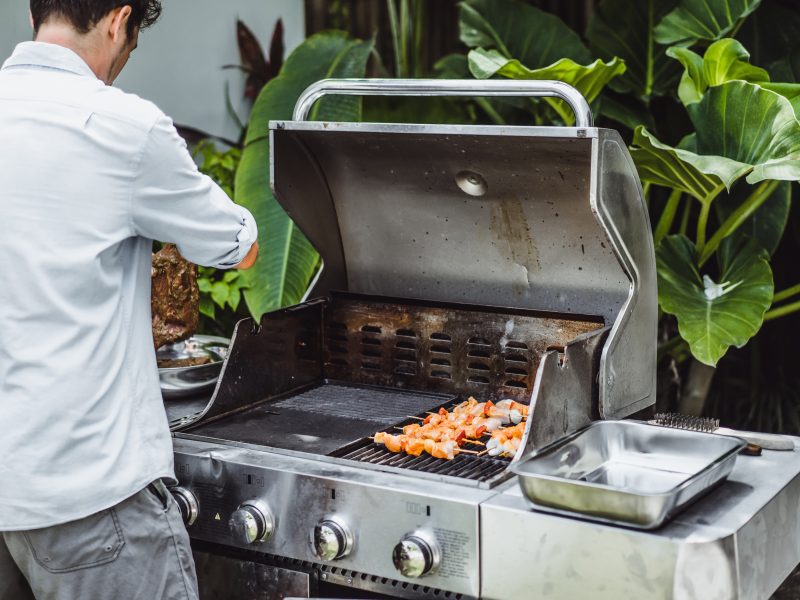
This summer, grilling out with friends and family is ideal and enjoyable. Whether using charcoal or natural gas, you must pick the ideal grill. However, you should be aware that a natural gas grill is the best option because it offers superior flavor and is much more practical than conventional charcoal grills.
It can be a worthwhile effort to consider installing a natural gas grill on your deck or patio. Here is a step-by-step instruction manual for installing a natural gas grill on your own, complete with a list of the necessary tools and supplies.
Tools and Equipment
- Natural gas barbecue
- Natural gas line with shut-off valve
- Pipe wrench
- Adjustable wrench
- Pipe fittings (e.g., elbows, tees, nipples) as needed
- Measuring tape
- Pliers
- Safety goggles
- Drill (if needed for mounting or installation)
- Pipe thread sealant or gas-rated Teflon tape
- Gas pressure regulator (if not included with the barbecue)
- Pipe cutter or hacksaw
- Pipe reamer or file
- Safety gloves
- Gas leak detector solution or soapy water
- Screwdriver
- Level
Installation Steps
1. Choose a suitable location
Select a safe and well-ventilated area for your natural gas barbecue, away from flammable materials and from combustible surfaces or structures.
2. Check local regulations and obtain permits
Before installing, check local codes and regulations regarding natural gas line installations and obtain any necessary permits.
3. Determine gas line placement
Determine the natural gas line route from your home’s gas supply to the barbecue. Consider the most direct path and any obstacles or obstructions that must be navigated.
4. Shut off the gas supply
Locate the main gas supply valve in your home and turn it off to shut off the gas supply.
5. Install the gas pressure regulator (if needed)
If your natural gas barbecue has no built-in regulator, install a gas pressure regulator near the gas source to regulate the gas pressure.
6. Measure and cut the gas line
Measure and cut the natural gas line to the desired length using a pipe cutter or hacksaw. Ensure the cut is clean and straight.
7. Prepare the gas line fittings
- Clean and deburr the cut ends of the gas line using a pipe reamer or file.
- Apply pipe thread sealant or gas-rated Teflon tape to the threads of the gas line fittings.
8. Connect the gas line
Attach the gas line to the barbecue’s gas inlet using an adjustable pipe wrench. Tighten the connections securely but avoid over-tightening.
9. Secure and support the gas line
Use pipe clamps or other suitable supports to secure and support the gas line, preventing it from sagging or exposure to potential damage.
10. Perform a gas leak test
- Mix a solution of gas leak detector solution or soapy water.
- Apply the solution to all gas connections, fittings, and joints.
- Turn on the gas supply and check for any bubbles or signs of gas leakage. If you detect leaks, immediately shut off the gas supply, tighten the connections further, or seek professional assistance.
11. Mount and assemble the barbecue (if necessary)
Follow the manufacturer’s instructions to mount or assemble the barbecue, ensuring it is secure and stable.
12. Test the barbecue
Turn on the gas supply and light the barbecue to ensure it functions properly. Check for proper flame and burner operation.
Remember to follow all local codes, regulations, and manufacturers’ instructions when installing a natural gas barbecue. If you are unsure about any aspect of the installation, it’s recommended to consult a licensed professional or gas technician for assistance, or you can contact us. We will help.

Comments